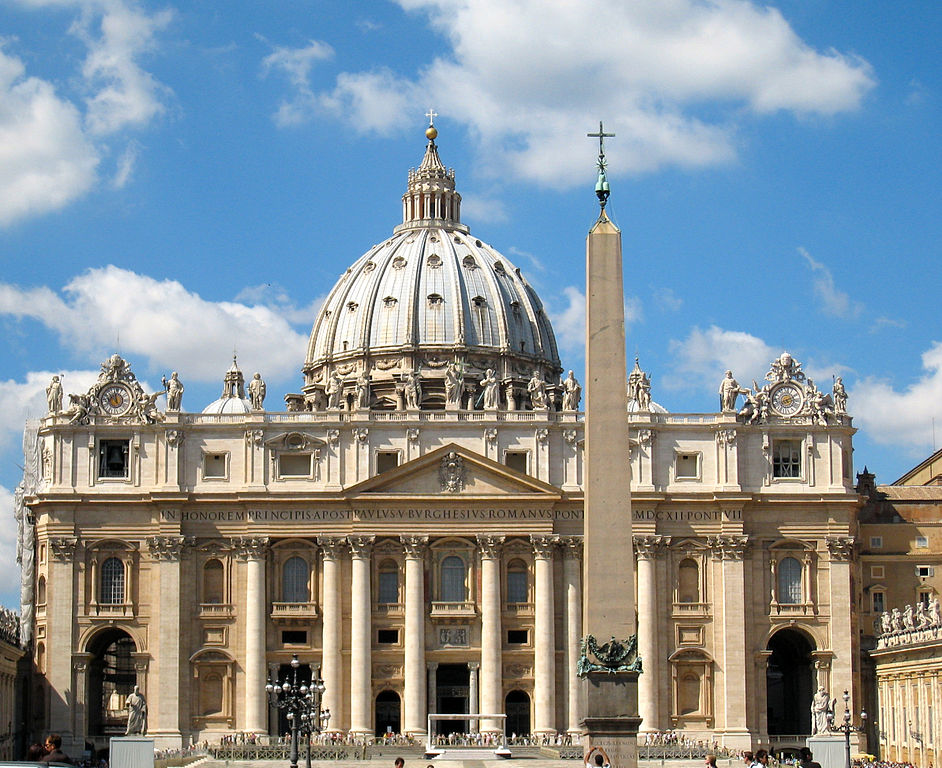
10 de los edificios más importantes del Renacimiento en Italia Heading
De Renaissance staat bekend als een periode in de cultuurgeschiedenis van Europa, die duurde van grofweg de veertiende eeuw tot de zestiende eeuw. Op allerlei terreinen - zoals de literatuur, muziek, architectuur en schilderkunst - vond, globaal tussen 1350 en 1620, een sterke oriëntatie plaats op de klassieke oudheid.

Vroege Renaissance in 2020 Renaissance, Beeldhouwkunst, Beeldhouwwerk
Wie was de vertegenwoordiger van de Italiaanse renaissance in de Lage Landen? (12) .AN.ANS..RE. Plaats van de puzzel: BN De Stem. Datum: 29 januari 2023 07:03.. Wie was de vertegenwoordiger van de Italiaanse renaissance in de Lage Landen? (12) MAN.A.S.EN. Plaats van de puzzel: Eindhovens Dagblad. Datum: 27 januari 2023 10:09.

Alvise Vivarini Portret van een edelman 1497 Olieverf op hout 63 x 47 cm. The National
De Italiaanse renaissance vormde de openingsfase van de renaissance, een periode van grote culturele veranderingen en verwezenlijkingen in Europa die de overgang markeerde tussen de middeleeuwen en het vroegmoderne Europa.

Italiaanse Renaissance schilderkunst Den Elder
< Italiaanse renaissance. Naar navigatie springen Naar zoeken springen.. Zijn broer Luca (1431-1470) was ook een schrijver. Zijn werken, alle in de Italiaanse taal, omvatten Pistole, Driadeo d'amore en. van Plautus en Terentius geïnspireerde werken naar het Elizabethaans theater met William Shakespeare als bekendste vertegenwoordiger.

De Italiaanse Renaissance
Gebruik van de term Zelfportret van Giorgio Vasari. Het Franse woord renaissance betekent wedergeboorte. Het Italiaanse equivalent hiervan is rinascita, een begrip dat Giorgio Vasari in een voorwoord op zijn Vite gebruikt, waarmee hij een wederopbloei van de cultuur van de klassieke oudheid bedoelt. Volgens hem is deze wedergeboorte (van de schilderkunst) te situeren in het Toscane van.

De kunst uit de Italiaanse Renaissance Rolf Toman, Wil Boesten, Martha Cazemier (ISBN
Introduction to art in Italy, c. 1400-1600. Italy did not exist during the period that we call the Renaissance (roughly 1400-1600 C.E.). The modern nation-state that we know today as Italy wasn't born until the late 19th century. Nor were there such people as "Italians.".
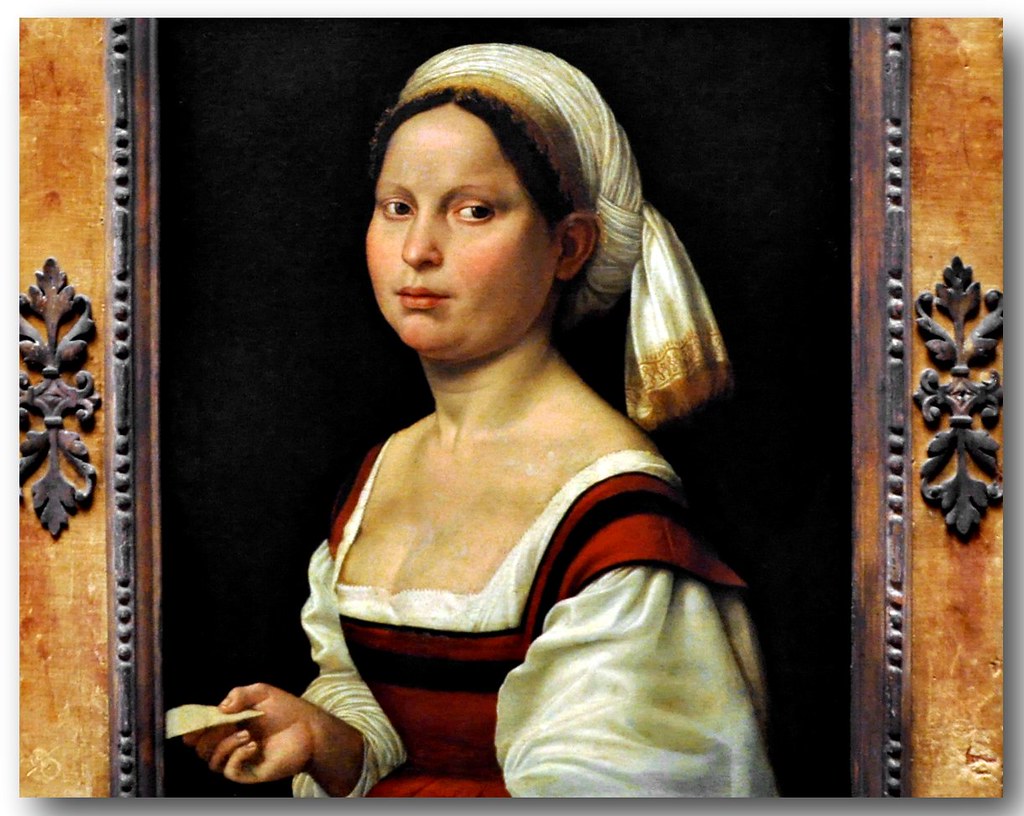
Italian Renaissance Portraits 054 Bugiardini, Giuliano (14… Flickr
Jacopo della Quercia: paneel van de 'Fontein der vreugde' op het piazza del Campo in Siena. Jacopo della Quercia (ca. 1374 - 20 oktober 1438) was een Italiaans beeldhouwer uit de Italiaanse renaissance, een tijdgenoot van Brunelleschi, Ghiberti en Donatello.Hij wordt beschouwd als een voorloper van Michelangelo.. In zijn sculpturen zoekt Jacopo della Quercia naar een synthese tussen de.

In het hart van de Renaissance Schilderkunst uit NoordItalië, 15001600 Waanders Uitgevers
Maiolica. Istoriato decoration on a plate from Castel Durante, c. 1550-1570 ( Musée des Beaux-Arts de Lille) Maiolica / maɪˈɒlɪkə / is tin-glazed pottery decorated in colours on a white background. The most renowned Italian maiolica is from the Renaissance period. These works were known as istoriato wares ("painted with stories") when.
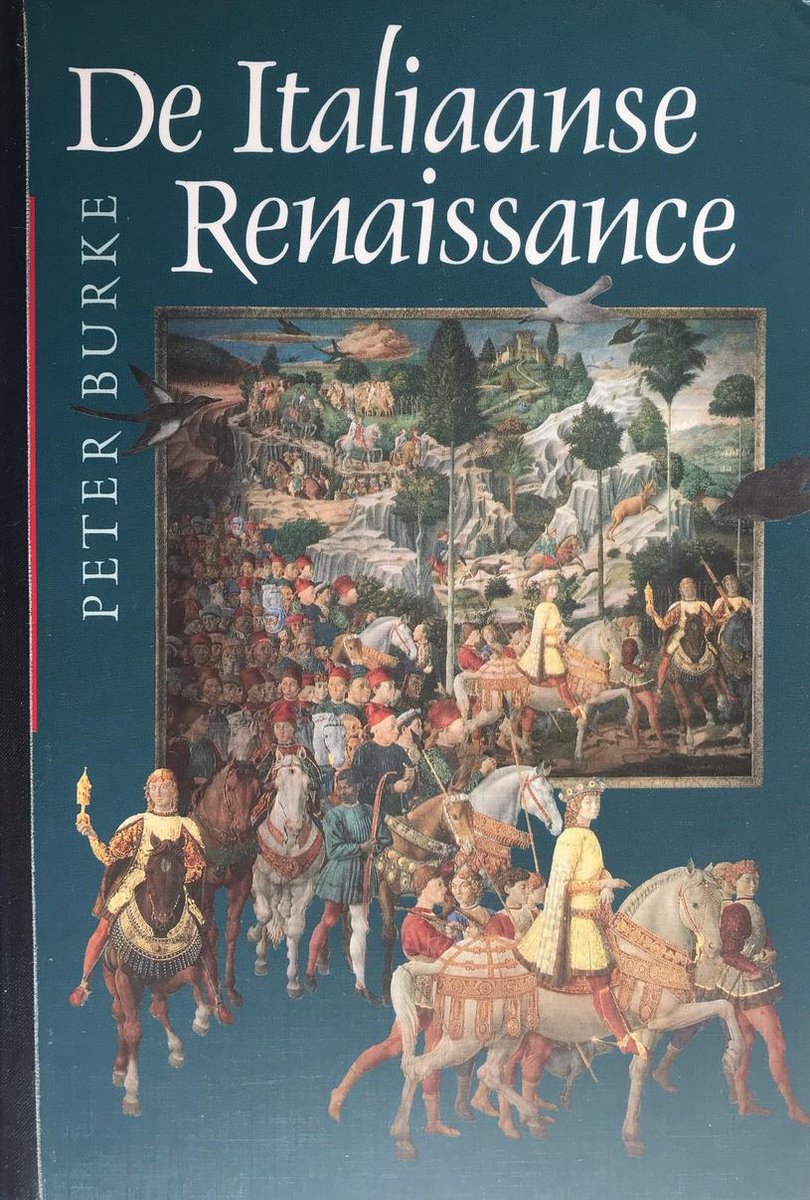
De italiaanse renaissance, Peter Burke 9789051570137 Boeken
Italian Renaissance. Toward the end of the 14th century A.D., a handful of Italian thinkers declared that they were living in a new age. The barbarous, unenlightened " Middle Ages " were over.

Мазаччо Italiaanse renaissance, Renaissance, Italiaans
The Renaissance was a period of "rebirth", which found its way throughout numerous countries in Europe. This "rebirth" also sought to reawaken what is referred to as "classical antiquity" from the ancient times of Greek and Rome. The Italian Renaissance was a new discovery of the humanities, and really, of humanity itself.
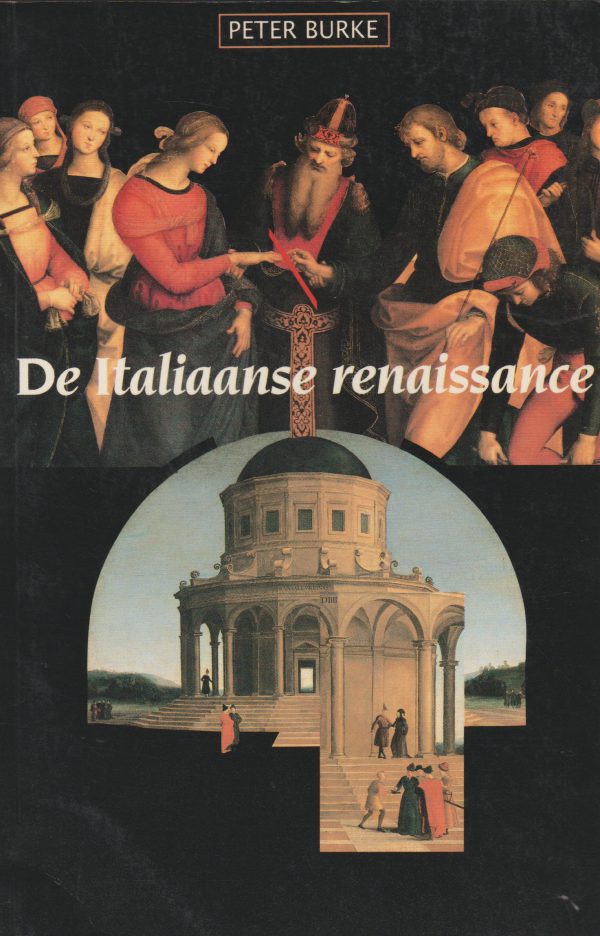
De Italiaanse renaissance Reisboek.nl
The Italian diaspora ( Italian: emigrazione italiana, pronounced [emiɡratˈtsjoːne itaˈljaːna]) is the large-scale emigration of Italians from Italy. There were two major Italian diasporas in Italian history. The first diaspora began around 1880, two decades after the Unification of Italy, and ended in the 1920s to the early 1940s with the.

Renaissance in de Lage Landen Wikisage
The Italian Renaissance (Italian: Rinascimento [rinaʃʃiˈmento]) was a period in Italian history covering the 15th and 16th centuries. The period is known for the initial development of the broader Renaissance culture that spread across Western Europe and marked the transition from the Middle Ages to modernity.
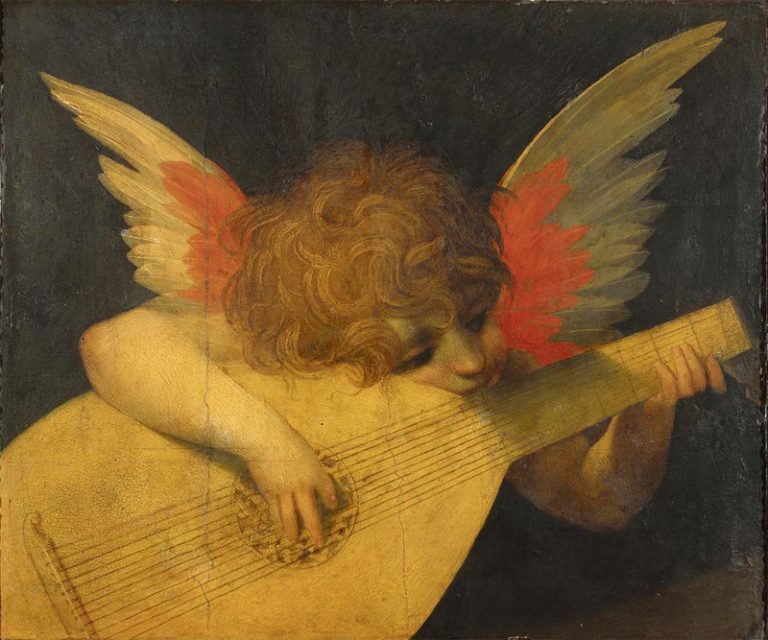
The secret names of Italian Renaissance artists Artstor
Renaissance architecture was an evolving movement that is, today, commonly divided into three phases: Early Renaissance (c. 1400 onwards), the first tentative reuse of classical ideas; High Renaissance (c. 1500), the full-blooded revival of classicism; Mannerism (aka Late Renaissance, c. 1520-30 onwards) when architecture became much more decorative and the reuse of classical themes ever more.

Renaissance portretten uit de Lage Landen Koenraad Jonckheere Geschiedenisboeken
The Italian Renaissance began the opening phase of the Renaissance, a period of great cultural change and achievement in Europe that spanned the period from the end of the fourteenth century to about 1600, marking the transition between Medieval and Early Modern Europe.. The word renaissance in French, (rinascimento in Italian) literally means "rebirth," and the era is best known for the.

Italiaanse Renaissance in Rijksmuseum Twenthe. Een mustsee tentoonstelling! (met afbeeldingen
In de periode 1561 en 1564 door architect: Cornelis Floris De Vriendt gebouwd in renaissancestijl. Portret van Desiderius Erasmus, 1523, door Hans Holbein de Jongere
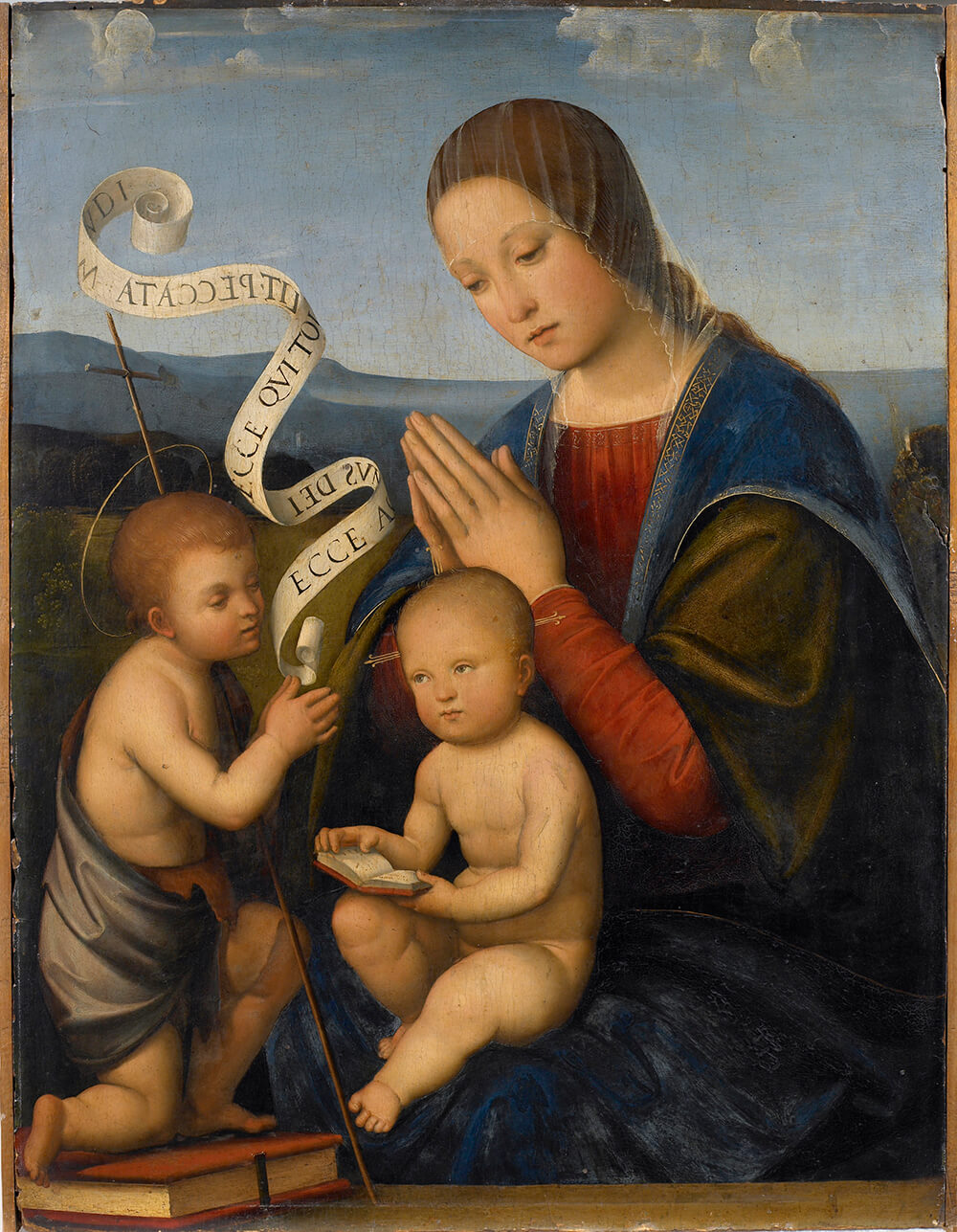
Italiaanse Renaissance in Rijksmuseum Twenthe. Een mustsee tentoonstelling! Italië Uitgelicht
To understand the art of the Italian renaissance, we need to consider the values, social mores, and the religious and political interests of the people who made, paid for, and first looked at the art. Unfortunately, our knowledge of these people is limited and skewed. History is most often written by those in positions of privilege and power.